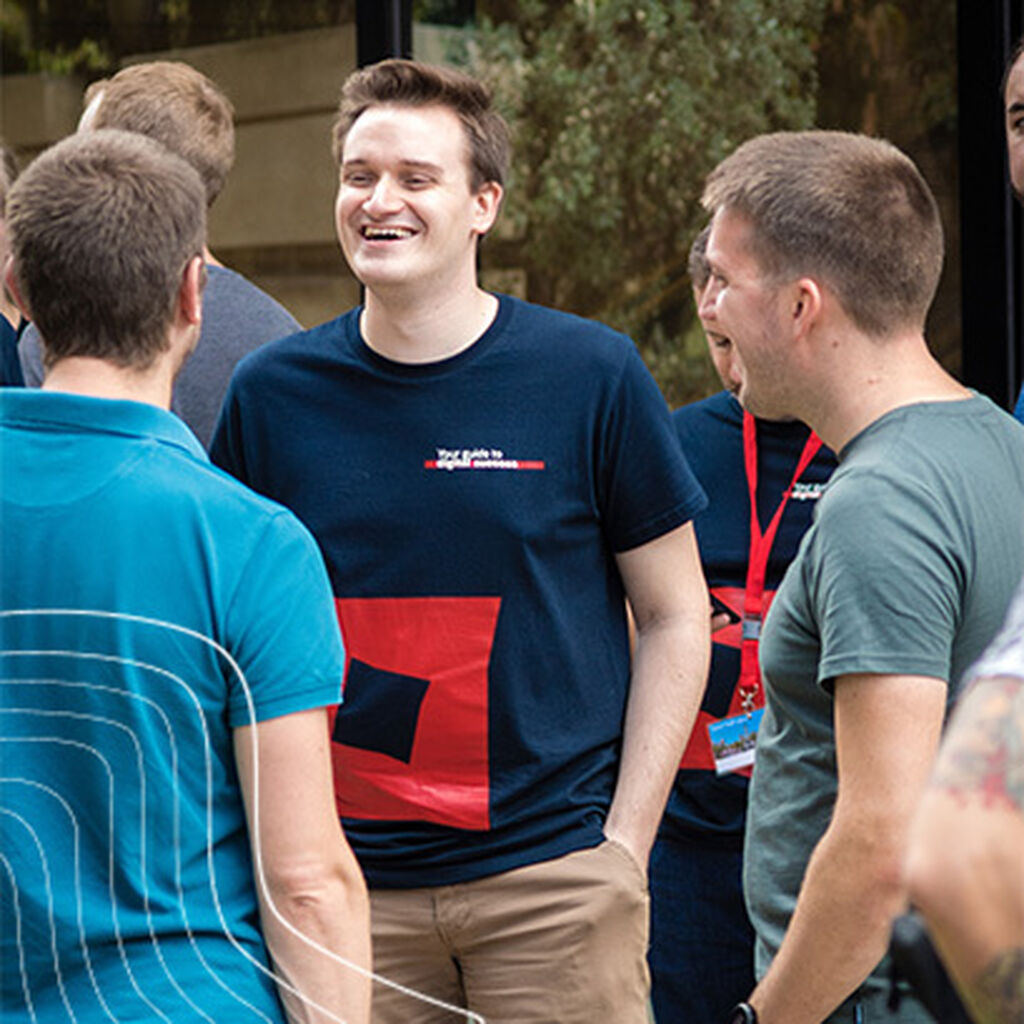Bij het ontwerpen van een winkel is het belangrijk om rekening te houden met het onderscheid tussen B2B en B2C. Wat zijn de verschillen tussen de twee en de historische redenen daarvoor? Wat kunnen we ervan leren?
B2C richt zich op individuele klanten, terwijl B2B bedrijven van verschillende grootte bedient en hun inkoop van benodigdheden, grondstoffen en diensten vergemakkelijkt. Daarom hebben deze twee soorten winkels verschillende functies nodig. Gelukkig bevatten de SAP B2B en B2C accelerators de meeste essentiële functies voor beide:
Belangrijkste B2B functies
- Organisatiebeheer
- Bestedingscontrole
- Beheer van klantaccounts
- Offerte onderhandelingen
- Volume- en klantgroepprijzen
- Aanvullen en goedkeuren van bestellingen
- B2B-specifiek afrekenen
- B2B bestelformulieren
- Toekomstige voorraadbeschikbaarheid
- Punch Out functionaliteit
Belangrijkste B2C functies
- Online kopen, ophalen in de winkel
- Gestroomlijnde afrekenopties
- Cross-selling mogelijkheden
- Integratie met sociale netwerken
- Google Analytics, Shopping en lokale integratie
- Klantbeoordelingen
- Configureerbare producten
- Mogelijkheden voor klantenondersteuning
- Ticket aanmaken
- Zelf bestellingen annuleren en retourneren
- Mogelijke promoties
In het verleden hadden B2B-winkels vaak functionaliteit hoger in het vaandel staan dan design, klantbeleving en algehele esthetiek. Men nam aan dat organisaties die aankoopbeslissingen namen minder beïnvloed werden door visuele kenmerken en trends. Deze denkwijze verandert echter snel. Toegenomen concurrentie, lagere overstapkosten en een veranderende demografie binnen organisaties hebben ertoe geleid dat online B2B winkels hun B2C tegenhangers aan het inhalen zijn.
Prominente B2C-kenmerken die nu normaal worden in B2B zijn onder andere:
- Mobiele sites
- Omnichannel
- Soepele afrekenprocessen
- Kwaliteit van ontwerp, 'look and feel' van de site
B2B-sites zullen echter altijd unieke behoeften hebben:
- Vroegtijdige login voor geverifieerde en ingelogde gebruikers om veilig toegang te krijgen tot prijzen
- Multidimensionale varianten voor bulkbestellingen in verschillende productvarianten
- Snel/spreadsheet bestellen met SKU's of import van CSV-bestanden
- Aanvullingsorders voor automatische herbevoorrading
- Commerciële offertes ingebed in de site voor prijsonderhandeling
- B2B organisatie- en eenheidsstructuren voor veiligheid en inkoopcontrole
- Budgetten en kostenplaatsen om uitgavenlimieten en drempels in te stellen voor controledoeleinden
- B2B self-service accountbeheer om bedrijfsaccounts op de site te beheren
Hoewel B2B en B2C storefronts altijd zullen verschillen in uiterlijk en functionaliteit vanwege hun verschillende doelgroepen, is het omarmen van bepaalde quality-of-life en CX-functies van B2C-sites de volgende stap in de evolutie van B2B e-commerce.
Ondanks dat B2B-klanten deze functies misschien niet zo belangrijk vinden als particuliere consumenten, is het proactief verbeteren van B2B-sites om ze te integreren een slimme zet om optimale klantenbinding en klanttevredenheid te garanderen.
Elision begeleidt je graag met je tech stack
Elision werkt met B2C en B2B retailers en heeft de ervaring, kennis en technische vaardigheden om je te helpen bij je digitale transformatie. Of je nu een vertegenwoordiger bent van een zeer gespecialiseerde B2B-organisatie, leiding geeft aan een B2C-retailer met een breed scala aan producten of zelfs als je aan het begin staat van je digitale transformatie en niet zeker weet welke oplossing het beste bij je past, Elision helpt je graag.

